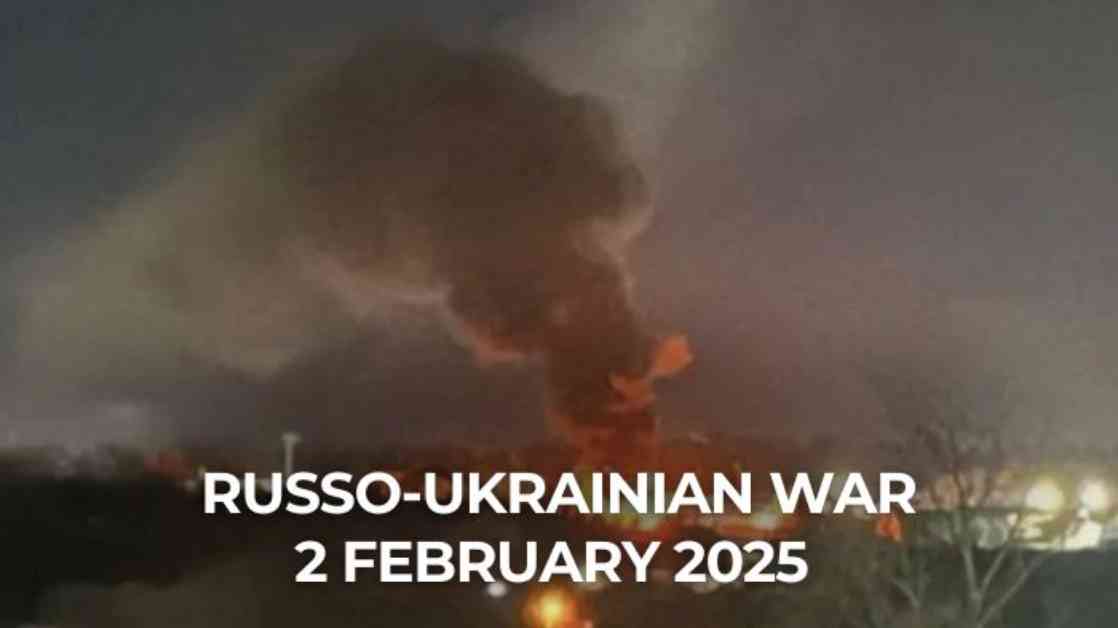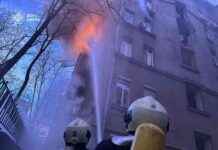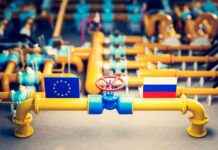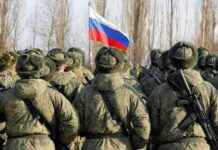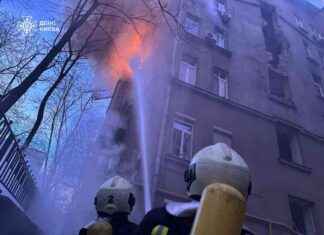The conflict between Ukraine and Russia continues to escalate, with recent reports detailing significant developments on the battlefield. Ukrainian drone strikes have disrupted Russian fuel production, causing havoc in Donetsk’s Velyka Novosilka basements, as revealed by the Ukrainian brigade. On the 27th of January, the Deep State OSINT group reported that Russian forces had seized control of the settlement. This incursion marks a critical turning point in the ongoing conflict, with the frontlines witnessing a collapse in Russian supply lines near Kupiansk. Ukrainian drone operators have been strategically targeting convoys and armor, effectively destroying 15 armored vehicles within a span of five days.
Impact on Russian Forces
The death toll from Russia’s Poltava missile strike has tragically risen to 14, including two children, after an apartment building was targeted on the 1st of February using the Kh-22 missile. As of the 1st of February 2025, the Russian Armed Forces have incurred significant losses in terms of personnel, weaponry, and military equipment since the onset of the invasion. This includes casualties such as personnel, tanks, armored personnel vehicles, artillery systems, aircraft, and more. The toll on both sides of the conflict is mounting, underscoring the gravity of the situation and the urgent need for a resolution.
Technological Warfare and Intelligence
In the realm of intelligence and technology, reports indicate that Russia has deployed ship-based Orion drones in response to Ukrainian naval drone attacks that have crippled the Black Sea fleet. British intelligence reveals a concerning trend where injured Russian troops are being sent back to combat prematurely to maintain military strength amid heavy casualties. Additionally, Forbes highlights Ukraine’s use of FPV drones as stealth roadside bombs to target Russian convoys, showcasing the innovative tactics employed by both sides in this high-stakes conflict.
Bloomberg sheds light on a critical development that has raised concerns over Russia’s fuel production capabilities. Ukrainian drones have targeted key refineries operated by major producers like Lukoil and Rosneft, jeopardizing Russia’s ability to sustain fuel output. This escalation underscores the economic impact of the conflict and the ripple effects felt across industries and regions.
The conflict has also had significant humanitarian and social repercussions, with Russian drones causing damage to residential homes and infrastructure facilities. While Ukraine has successfully intercepted the majority of Russian UAVs, the threat to civilian lives and essential services remains a pressing concern. Additionally, the Culture Ministry reports that over 1,300 cultural monuments and 2,185 cultural infrastructure facilities have been damaged by Russian attacks, highlighting the cultural devastation wrought by the conflict.
As political and legal developments unfold, Trump’s envoy Kellogg has advocated for Ukrainian elections in 2025 following a potential ceasefire. However, Zelenskyy’s main rival, MP Poroshenko, has cautioned against holding elections under martial law, citing concerns about the country’s unity and Putin’s strategic advantage. Zelenskyy has also issued warnings against Ukraine’s exclusion from US-Russia peace talks, emphasizing the need for diplomatic engagement to resolve the crisis.
In a tragic turn of events, an armed assailant has killed a military recruitment officer, while a deadly explosion has rocked a recruitment center in Ukraine. These incidents underscore the risks faced by military personnel and civilians alike in the midst of the conflict, reflecting the volatile and unpredictable nature of the situation on the ground.
The ongoing conflict between Ukraine and Russia continues to evolve, with each development underscoring the high stakes and complex dynamics at play. As the situation unfolds, it is essential for the international community to remain engaged and committed to finding a peaceful resolution to the crisis. The human cost of the conflict is mounting, and urgent action is needed to prevent further loss of life and mitigate the long-term consequences for the region.
